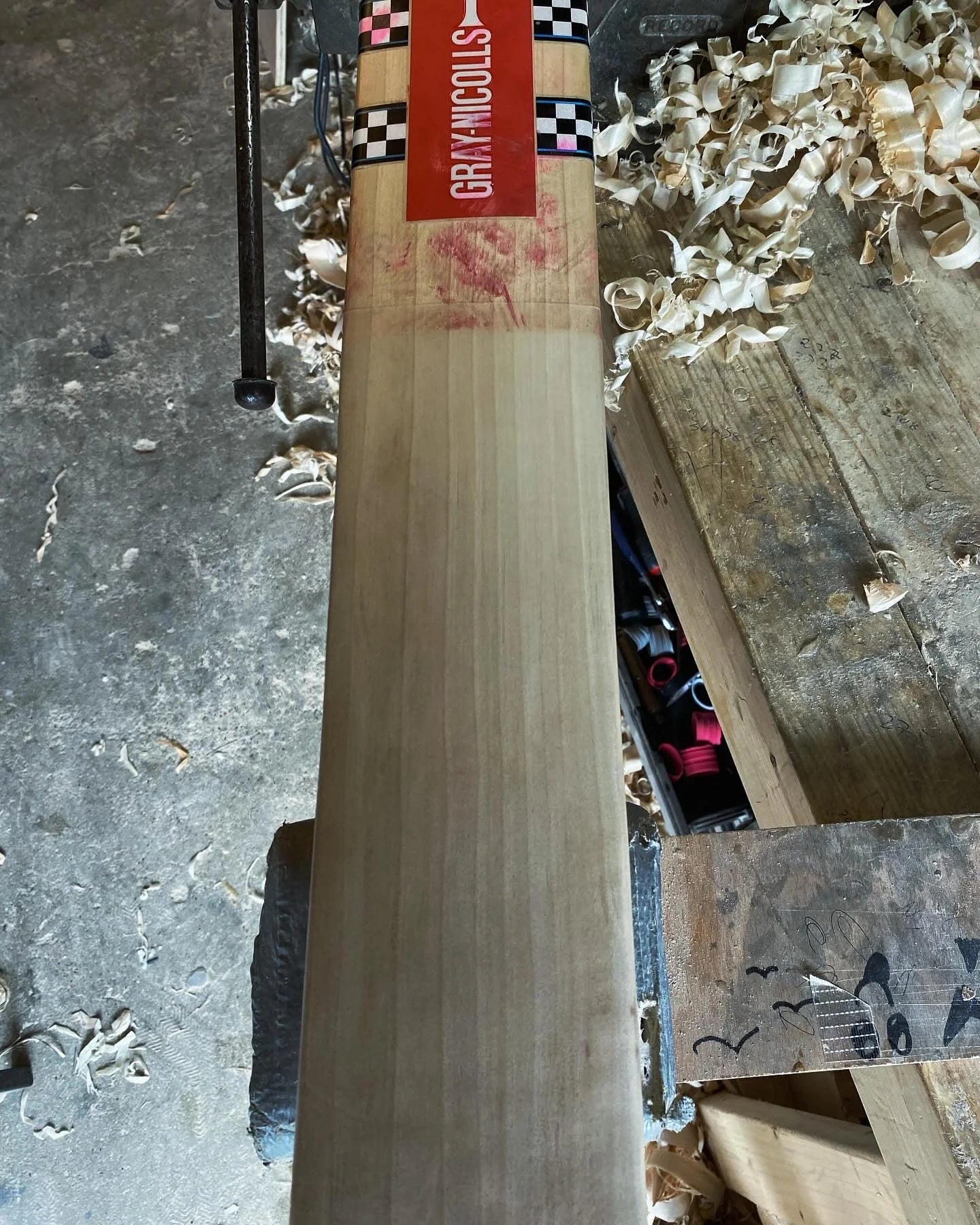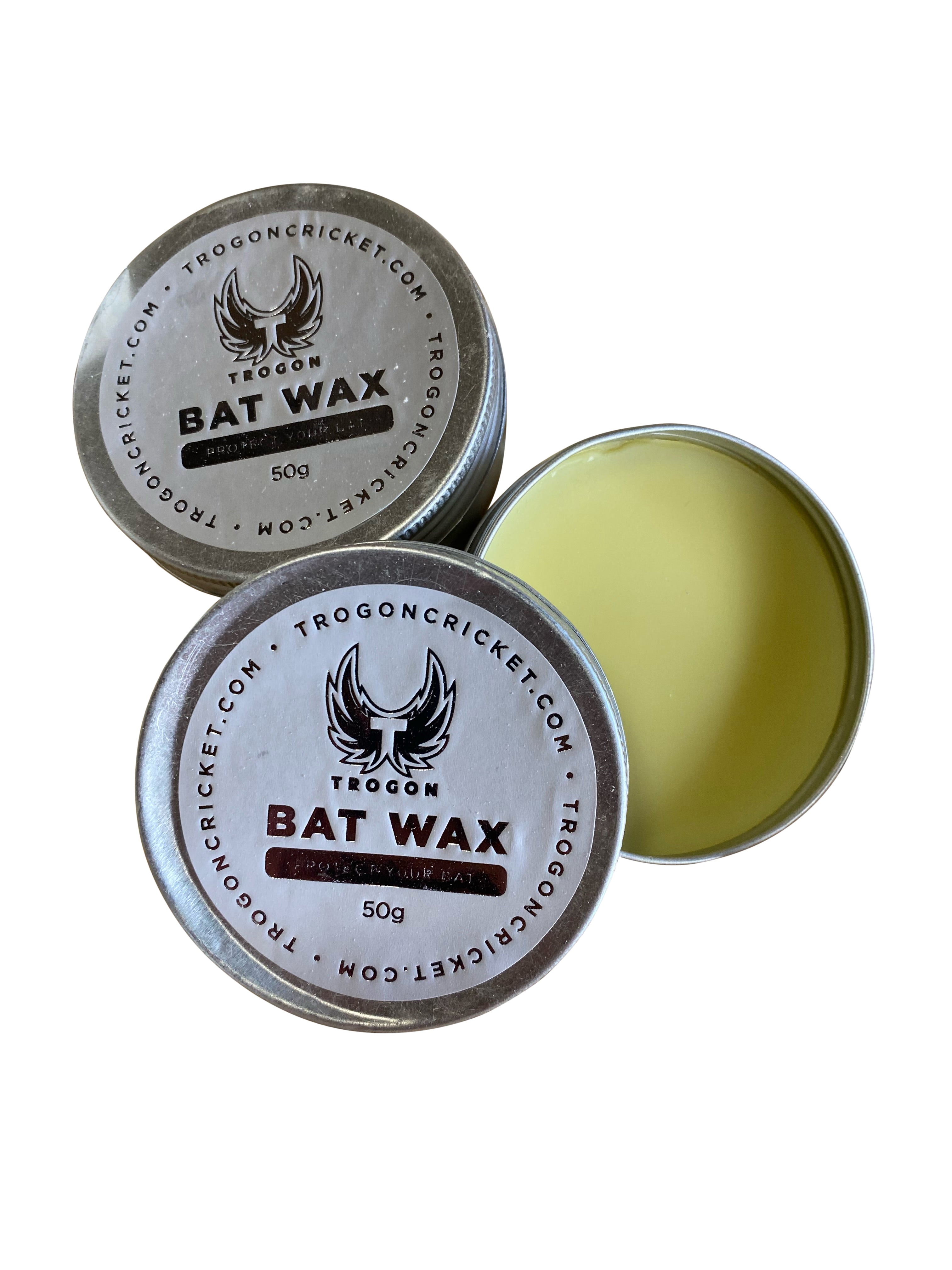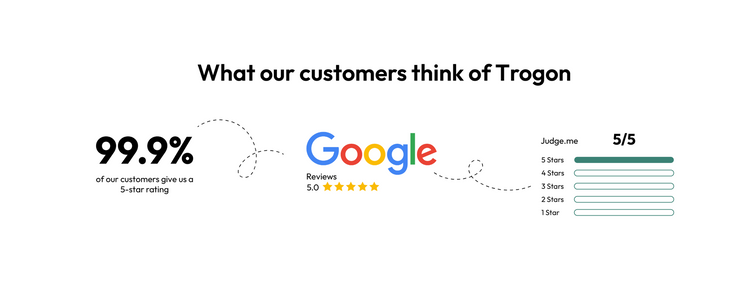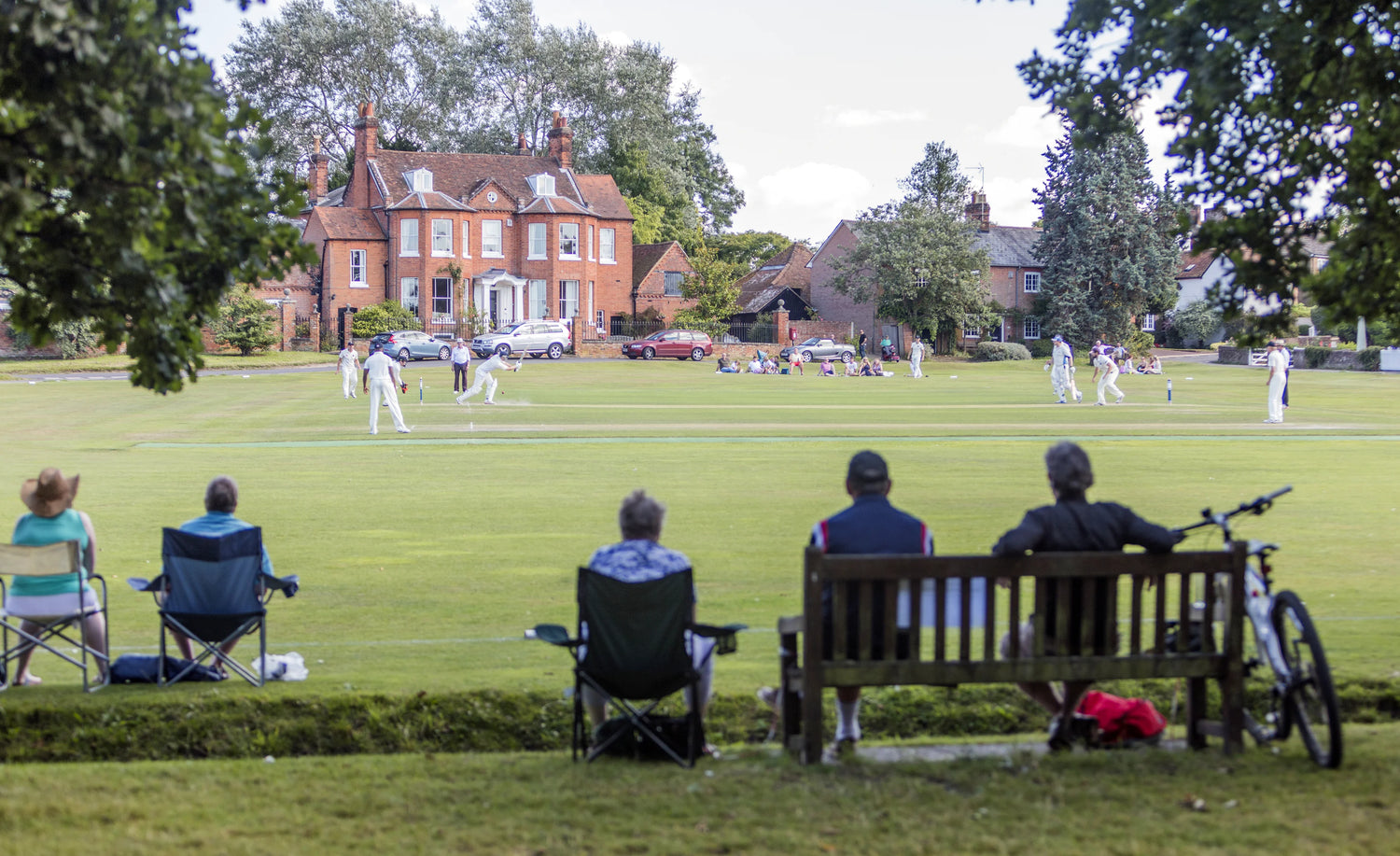The choice of bat can significantly impact performance, making it essential to understand the different types of cricket bats available.
In this blog post, we will delve into the various types of cricket bats in detail, examining their materials, specifications, and the advantages and disadvantages of each.
But first, what are the different types of cricket bats available?
Premium English willow bats offer top performance and durability. Cost-effective Kashmir willow bats are ideal for beginners. Short-handle bats suit average-height players, while long-handle bats are for taller players. Softball bats are perfect for training, and technique bats help improve accuracy.
Continue reading for all the details.
English Willow Cricket Bats
English willow cricket bats are the epitome of quality and performance in the world of batting. Made from Salix alba caerulea trees grown in England, these bats are renowned for their lightweight design, excellent grain structure, and superior responsiveness, offering a ping and rebound that is unmatched. We use English willow for all our bats, including our Academy cricket bats.
The primary benefit of using an English willow bat is its ability to offer an unparalleled sweet spot, which allows for maximum power with minimal effort.
Another significant advantage of English willow bats is their durability when properly maintained.
Although they require more care, such as regular oiling and knocking in, the payoff is a bat that can withstand the rigours of intense gameplay.
The high-quality grains found in Grade 1 English willow bats, in particular, ensure a longer lifespan and consistent performance.
For professional and serious amateur players, investing in an English willow bat is a strategic choice that aligns with their need for reliability and excellence on the field.
Which Cricket Bat Brand Is Best?
Several trusted brands manufacture high-quality English willow cricket bats, including Gray-Nicolls, Gunn & Moore, Kookaburra, SS, SG, and MRF.
Each brand has its own signature profile and balance. At Trogon Cricket, we handcraft our own range of English willow bats using traditional tools and methods, offering the same precision and quality found in leading international brands for all our cricket bats, including adult and best bats for kids.
Trogon is also an ICC-approved brand, so keep an eye out - you might see a Trogon bat on TV very soon.
Grades of English Willow
-
Grade 1 English Willow
- Description: Grade 1 is the highest quality of English willow, used by professional cricketers. These bats have straight grains and minimal blemishes, providing exceptional performance and durability.
- Pros: Excellent performance, superior grain structure, highly durable.
- Cons: Costly, requires careful maintenance.

-
Grade 2 English Willow
- Description: Grade 2 bats are slightly lower in quality compared to Grade 1 but still offer high performance. They may have minor cosmetic blemishes and a less uniform grain structure.
- Pros: High performance, more affordable than Grade 1, good durability.
- Cons: Slightly less consistent grain, minor blemishes.

-
Grade 3 English Willow
- Description: Grade 3 is the most affordable among the premium English willow bats. These bats may have more cosmetic flaws and less uniform grains.
- Pros: Affordable, decent performance, suitable for intermediate players.
- Cons: Less durable, more blemishes, less aesthetic appeal.

Grade 4 and Grade 5 English Willow
Some manufacturers offer Grade 4 and Grade 5 English willow bats, which serve as entry-level options for new or casual players. These bats often have more visible blemishes and fewer straight grains, but still provide reliable performance when prepared correctly.
They are often fitted with scuff sheets for added protection and are great for training or lower-level club cricket. They are perfect for softball cricket and some juniors who only want to mess around and play, but don't take it too seriously.
Hard-Pressed vs Soft-Pressed Cricket Bats
The pressing process determines how much the willow is compressed before shaping.
Soft-pressed bats have more elasticity, offering a better “ping” off the face, but can wear out faster. Hard-pressed bats are more durable but feel slightly firmer, with less rebound. At Trogon Cricket, we ensure that each bat is carefully crafted to strike the perfect balance between power, feel, and lifespan.
Kashmir Willow Cricket Bats
Kashmir willow cricket bats are a practical choice for those new to the game or who play cricket recreationally. One of the key benefits of these bats is their affordability.
Compared to the premium English willow bats, Kashmir willow offers a cost-effective alternative without compromising on essential performance features.
This makes them particularly appealing to beginners who are still developing their skills and may not yet be ready to invest in a higher-end bat.
Additionally, Kashmir willow bats are known for their robustness and durability. The denser wood of Kashmir willow makes these bats more resistant to wear and tear, which is beneficial for players who practice or play on a variety of surfaces.
While they may be heavier and less responsive than their English willow counterparts, they offer a solid and reliable option for those seeking to enjoy the game without a significant financial investment.
For many players, the balance of cost and performance that Kashmir willow bats offer is unbeatable.
- Description: Kashmir willow bats are heavier and less responsive compared to English willow bats. They have a denser wood grain and are generally used by beginners or recreational players.
- Pros: Cost-effective, durable, suitable for beginners and casual players.
- Cons: Heavier, less responsive, shorter lifespan.
Poplar Willow Cricket Bats
Poplar willow cricket bats are often marketed as budget-friendly options, but they’re not suitable for use with a leather cricket ball.
They’re designed primarily for soft or tennis ball cricket due to their lower strength and performance. While they’re great for casual back-garden play, players using leather balls should always opt for English or Kashmir willow cricket bats.
Short Handle Cricket Bats
Short-handle cricket bats are specifically designed to cater to players who are between 1.68m and 1.88m tall. One of the primary benefits of using a short-handle bat is the improved control it offers.
The shorter handle allows players to manoeuvre the bat more easily, which is particularly advantageous when playing precise shots such as cuts, pulls, and flicks. This enhanced control can lead to improved shot accuracy and placement, which are essential for developing an effective batting strategy.
Another benefit of short-handle cricket bats is their suitability for a wide range of players. These bats are the most commonly used type in adult cricket, making them a versatile choice for both club and recreational players.
They strike a good balance between power and control, allowing players to perform well in various match situations. The weight range of these bats also provides ample choice for players to find the perfect bat that matches their strength and style, further enhancing their performance on the field.
- Description: Short-handle bats are the most common type used in adult cricket. They offer a good balance of control and power.
- Pros: Versatile, suitable for a wide range of players, good control and power.
- Cons: May not suit taller players, limited customisation for specific playing styles.
See below for an image of our cricket bat size guide.

The Most Common Bat Size
The short-handle bat (SH) is the most common adult size, used by most professional and club-level cricketers. It provides the best balance between control and power, fitting players between 5’6” and 6’1 tall.
Long Handle Cricket Bats
Long-handle cricket bats are designed for taller players, typically those between 1.88m and 2.1m in height. The extended handle provides extra reach, which can be a significant advantage when playing against bowlers who deliver the ball at awkward angles or when trying to reach deliveries that are pitched wide.
This additional reach allows taller players to maximise their physical attributes, enabling them to cover more ground and play a wider variety of shots.
Moreover, the longer handle of these bats can offer increased leverage, which can translate to more powerful strokes. The extra length can help generate greater bat speed, resulting in more forceful hits. This can be particularly beneficial for aggressive batters who rely on their ability to clear the boundary regularly.
While the increased weight (typically 2lb 9oz and above) might require some adjustment, the benefits in terms of reach and power make long-handle cricket bats a preferred choice for taller players looking to dominate the crease.
- Description: Long-handle bats provide extra reach and leverage, making them ideal for taller players.
- Pros: Extra reach, suitable for taller players, good leverage for powerful shots.
- Cons: Heavier, which can make it unwieldy for shorter players.
Softball Bats
Softball cricket bats are designed for use with softer balls, often employed in informal matches or training sessions. One of the key benefits of these bats is their lightweight nature, making them easy to handle, especially for younger players or those new to the game.
The reduced weight allows for quicker bat speed, which can help players develop their timing and shot-making skills without the strain of managing a heavier bat.
Additionally, softball bats are an excellent training tool for players looking to improve their technique in a less stressful environment. These bats are perfect for practice sessions where the focus is on honing skills rather than competing.
The forgiving nature of the softer ball also reduces the risk of injury, making these bats ideal for beginners or for casual, recreational play. By using softball bats, players can build confidence and refine their abilities before transitioning to harder balls and more competitive formats.
- Description: These bats are usually lighter and less robust than those designed for hardball cricket.
- Pros: Lightweight, easy to handle, ideal for training and casual games.
- Cons: Not suitable for hardball cricket, and less durable.
Technique Bats
Technique bats or eye-in bats are specialised training tools designed to enhance a player’s accuracy and control. These bats are typically 2-3 inches narrower than standard bats, which forces players to focus on hitting the ball with the middle of the bat.
This narrower profile facilitates the development of a more precise and disciplined batting technique, as there is less room for error. Practising with a technique bat can lead to significant improvements in a player’s ability to time and place their shots effectively.
Another benefit of technique bats is their role in improving hand-eye coordination and concentration. Because the bat’s reduced width requires greater precision, players must pay closer attention to their movements and the ball’s trajectory.
This heightened focus can translate into better performance with a standard bat, as players become more adept at making clean, controlled contact.
By incorporating technique bats into their training regimen, cricketers can develop the skills necessary to excel under various match conditions, enhancing their overall game.
- Description: Technique bats are used to refine a player’s accuracy and control, focusing on hitting smaller targets.
- Pros: Excellent for training, improves accuracy, enhances control.
- Cons: Not suitable for match play, limited use outside of training.
What Makes a Cricket Bat Illegal?
Under ICC regulations, a legal cricket bat must be made from traditional willow and cane materials and meet specific size limits: 108mm in width, 67mm in depth, and 40mm in edge thickness.
Cricket bats that exceed these dimensions or include illegal materials, like graphite backing, carbon fibre reinforcement, or coloured coatings that mark the ball, are banned from official match play. The famous “Mongoose” and Andre Russell’s black bat are examples of designs that were withdrawn for these reasons.
How Long Should a Cricket Bat Last?
A well-maintained English willow cricket bat typically lasts between one and three seasons, depending on usage and care. Professional players may use multiple bats each year due to heavy wear, while club players can extend the life of their bats with proper knocking in, oiling, and storage.
At Trogon Cricket, we offer repairs and servicing to help extend your bat’s lifespan.
Conclusion
Selecting the right cricket bat involves understanding the different types available and how they suit your playing style and needs. Whether you opt for the premium English willow cricket bats, the cost-effective Kashmir willow cricket bats, or the versatile Dutch hybrid cricket bats, each type offers distinct benefits and drawbacks.
At Trogon Cricket, we specialise in crafting handmade cricket bats for all shapes, sizes, weights, and middle positions. Our full customisation service ensures that every bat is tailored to meet the batter's personal requirements.
We offer a vast selection of Grade 1, Grade 2, and Grade 3 clefts of English willow for customisation, catering to all budget requirements without compromising on quality.
Playing Our Part in Your Cricket Story
We know that cricket is more than just a game; it’s a passion, a community, and a lifetime of memories. That’s why every Trogon bat is made with care, dedication, and pride. We see our role as more than just bat makers; we’re part of your cricket journey.
From the first knock in the nets to the biggest innings of your career, we want to be there with you.
Choosing Trogon means choosing a bat made with honesty, integrity, and the same love for the game that you carry to the crease.
Trogon Product Guarantee
When you buy from Trogon, you’re covered by our 6-month bat guarantee. If your bat cracks or breaks within that period and has been knocked in correctly, we’ll replace it with a new one, simple, fast, and hassle-free. Combine that with your statutory online protections, and you can shop with total peace of mind.





























